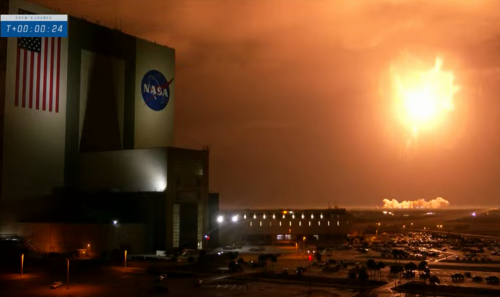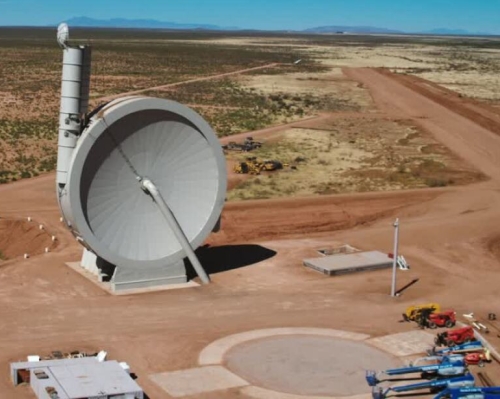History Unplugged – The Age of Discovery 2.0: Episode 5
Episode five of the six part series, The Age of Discovery 2.0, from the podcast, History Unplugged, is now available here.
On this episode Scott Rank interviews Rand Simberg. From the show summary:
The history of exploration and establishment of new lands, science and technologies has always entailed risk to the health and lives of the explorers. Yet, when it comes to exploring and developing the high frontier of space, the harshest frontier ever, the highest value is apparently not the accomplishment of those goals, but of minimizing, if not eliminating, the possibility of injury or death of the humans carrying them out.
To talk about the need for accepting risk in the name of discovery – whether during Magellan’s voyage in which 90 percent of the crew died or in the colonization of Mars – is aerospace engineer and science writer Rand Simberg, author of Safe Is Not An Option: Overcoming The Futile Obsession With Getting Everyone Back Alive That Is Killing Our Expansion Into Space.
For decades since the end of Apollo, human spaceflight has been very expensive and relatively rare (about 500 people total, with a death rate of about 4%), largely because of this risk aversion on the part of the federal government and culture. From the Space Shuttle, to the International Space Station, the new commercial crew program to deliver astronauts to it, and the regulatory approach for commercial spaceflight providers, our attitude toward safety has been fundamentally irrational, expensive and even dangerous, while generating minimal accomplishment for maximal cost.
Rand explains why this means that we must regulate passenger safety in the new commercial spaceflight industry with a lighter hand than many might instinctively prefer, that NASA must more carefully evaluate rewards from a planned mission to rationally determine how much should be spent to avoid the loss of participants, and that Congress must stop insisting that safety is the highest priority, for such insistence is an eloquent testament to how unimportant they and the nation consider the opening of this new frontier.
Definitely worth a listen, especially considering our society’s panic over COVID. Our society appears incapable of accepting any risk at all, even though risk cannot be avoided, and to do great things you must embrace it in some manner.
Episode five of the six part series, The Age of Discovery 2.0, from the podcast, History Unplugged, is now available here.
On this episode Scott Rank interviews Rand Simberg. From the show summary:
The history of exploration and establishment of new lands, science and technologies has always entailed risk to the health and lives of the explorers. Yet, when it comes to exploring and developing the high frontier of space, the harshest frontier ever, the highest value is apparently not the accomplishment of those goals, but of minimizing, if not eliminating, the possibility of injury or death of the humans carrying them out.
To talk about the need for accepting risk in the name of discovery – whether during Magellan’s voyage in which 90 percent of the crew died or in the colonization of Mars – is aerospace engineer and science writer Rand Simberg, author of Safe Is Not An Option: Overcoming The Futile Obsession With Getting Everyone Back Alive That Is Killing Our Expansion Into Space.
For decades since the end of Apollo, human spaceflight has been very expensive and relatively rare (about 500 people total, with a death rate of about 4%), largely because of this risk aversion on the part of the federal government and culture. From the Space Shuttle, to the International Space Station, the new commercial crew program to deliver astronauts to it, and the regulatory approach for commercial spaceflight providers, our attitude toward safety has been fundamentally irrational, expensive and even dangerous, while generating minimal accomplishment for maximal cost.
Rand explains why this means that we must regulate passenger safety in the new commercial spaceflight industry with a lighter hand than many might instinctively prefer, that NASA must more carefully evaluate rewards from a planned mission to rationally determine how much should be spent to avoid the loss of participants, and that Congress must stop insisting that safety is the highest priority, for such insistence is an eloquent testament to how unimportant they and the nation consider the opening of this new frontier.
Definitely worth a listen, especially considering our society’s panic over COVID. Our society appears incapable of accepting any risk at all, even though risk cannot be avoided, and to do great things you must embrace it in some manner.




